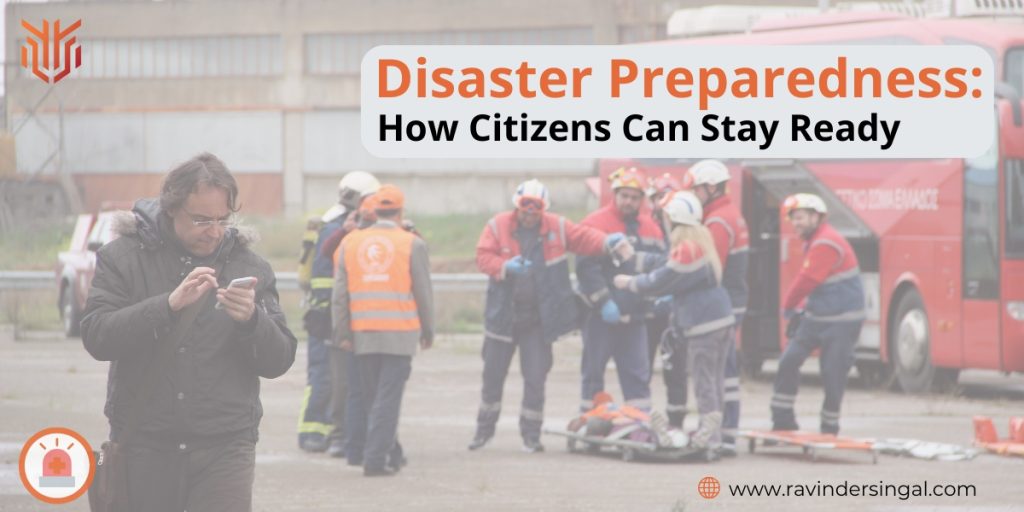The Hathras Case: Strategies for Effective Crowd Management to Prevent Stampedes

The Hathras Case has brought to light the urgent need for effective crowd management strategies to prevent tragedies such as stampedes. Effective crowd control and management is essential for ensuring public safety, particularly in scenarios where large gatherings are anticipated. As a seasoned expert in public safety, I will delve into the strategies and measures necessary for stampede prevention and the importance of a well-structured crowd management plan.
Understanding the Hathras Case

The Hathras Case involves more than just the incident itself; it underscores the critical importance of crowd management during large gatherings. The event took place in Hathras district during a satsang at a religious gathering for the Hindu guru, Bhole Baba. During this event, the lack of an effective crowd management system led to chaos and a subsequent stampede, putting many lives at risk. This case highlights the necessity for proper crowd control and crowd management measures to ensure safety and order.
It serves as a stark reminder of the devastating consequences that can arise from inadequate crowd control and management. The religious gathering saw an overwhelming number of devotees coming together to seek blessings and participate in the spiritual discourse. However, the absence of a well-defined crowd management plan resulted in a tragic stampede, causing injuries and fatalities. The panic and confusion that ensued were exacerbated by the lack of effective communication and coordination among event organizers and local authorities.
Key factors contributing to the Hathras stampede, as per various newspaper and electronic media reports, included insufficient physical barriers, poorly managed entry and exit points, and a lack of trained personnel to handle the large crowd. Additionally, the event lacked advanced technological tools that could have provided real-time data on crowd movements and potential bottlenecks. This case underscores the importance of anticipating potential risks and having robust mitigation strategies in place to ensure the safety and well-being of all attendees.
By examining the Hathras Case, it becomes evident that meticulous planning, effective communication, and the utilization of modern technology are indispensable components of successful crowd management. The lessons learned from this incident can serve as a valuable guide for organizing future events, ensuring that safety remains the top priority.
Key Strategies for Effective Crowd Management
- Comprehensive Planning
A well-detailed crowd management plan is the cornerstone of effective crowd management. This includes understanding the nature of the event, estimating the crowd size, and identifying potential risks. In the Hathras Case, the absence of a robust crowd management plan contributed significantly to the disorder. - Training and Preparedness
Training staff and volunteers in crowd safety management is essential. They should be well-versed in handling emergencies, understanding crowd behavior, and implementing crowd control strategies. The Hathras Case emphasized the need for skilled personnel to manage the crowd efficiently. - Effective Communication
Clear and consistent communication is vital during any event. This involves not only directing the crowd but also keeping them informed about any changes or emergencies. In the Hathras Case, better communication could have mitigated the panic and confusion that ensued. - Utilization of Technology
Modern technology can greatly enhance crowd management systems. Surveillance cameras, drones, and mobile apps can provide real-time data, helping organizers make informed decisions. Implementing such technology in the Hathras Case could have provided a clearer understanding of crowd dynamics. - Risk Assessment and Mitigation
Identifying potential risks and having mitigation strategies in place is critical. This includes having medical aid stations, emergency exits, and a clear protocol for handling emergencies. The Hathras Case revealed significant gaps in risk assessment and mitigation.
Implementing Crowd Control and Management
- Physical Barriers
Using physical barriers can help manage the flow of people and prevent overcrowding. These barriers can direct the movement and keep different groups separated, reducing the risk of stampedes. The lack of adequate physical barriers led to uncontrolled crowd movements. - Controlled Entry and Exit Points
Managing the entry and exit points effectively can prevent bottlenecks and overcrowding. In any crowd management strategy, the number of exit points should exceed the number of entry points. Proper signage on the entries and exits can be helpful in any case of emergency. In the Hathras Case, a better-managed entry and exit strategy could have alleviated some of the chaos. - Crowd Segmentation
Segmenting the crowd into smaller, manageable groups can help in maintaining order. This can be done through ticketing, wristbands, or designated zones. Such segmentation was notably absent. - Regular Drills and Simulations
Conducting regular drills and simulations can prepare the staff for real-life scenarios. These exercises help in understanding the dynamics of crowd and crisis management. This case highlighted the lack of preparedness among the organizers. - Collaboration with Local Authorities
In every case of gathering, even if it is private, collaboration with local law enforcement and emergency services is vital for effective crowd control management. This ensures a coordinated response in case of an emergency. Better collaboration could have provided additional support to manage the crowd effectively.
Lessons from the Hathras Case
The Hathras Case serves as a stark reminder of the importance of effective crowd management. Key lessons include the need for a detailed crowd management plan, the importance of training and preparedness, the role of technology, and the necessity of effective communication. By learning from these lessons, future events can be managed more efficiently, ensuring public safety in Hathras and similar scenarios.
Best Practices for Crowd Management
Pre-Event Planning
Detailed pre-event planning is crucial for successful crowd management. This includes conducting a thorough site inspection, understanding the layout, and planning for different crowd scenarios. The Hathras Case underscores the importance of meticulous planning.
On-Site Management
On-site management involves real-time monitoring and making quick decisions to manage the crowd effectively. Deploying trained personnel, using technology, and maintaining open communication channels are essential. The Hathras Case revealed significant lapses in on-site management.
Post-Event Review
A post-event review helps in understanding what went well and what didn’t. This review should include feedback from staff, attendees, and local authorities. The insights gained can improve future crowd management systems. The Hathras Case highlights the need for continuous improvement in crowd control and management.
Conclusion
The Hathras Case has highlighted the critical importance of effective crowd management in preventing tragedies like stampedes. By implementing comprehensive planning, training staff, utilizing technology, and collaborating with local authorities, we can ensure the safety and security of the public during large gatherings. As we reflect on the lessons from Hathras, it is imperative to develop and adhere to robust crowd management plans to safeguard lives and maintain order during events.
For more insights on public safety and effective crowd management strategies, enroll now in the crowd management course below:
Reference Link: Understanding Crowd Psychology – Dr. Ravinder Singal

Quitters Don’t Win and Winners Don’t Quit.
Ironman | Deccan Cliffhanger | Comrade Legend Finisher | Motivational Speaker | Writer | Endurance Athlete





